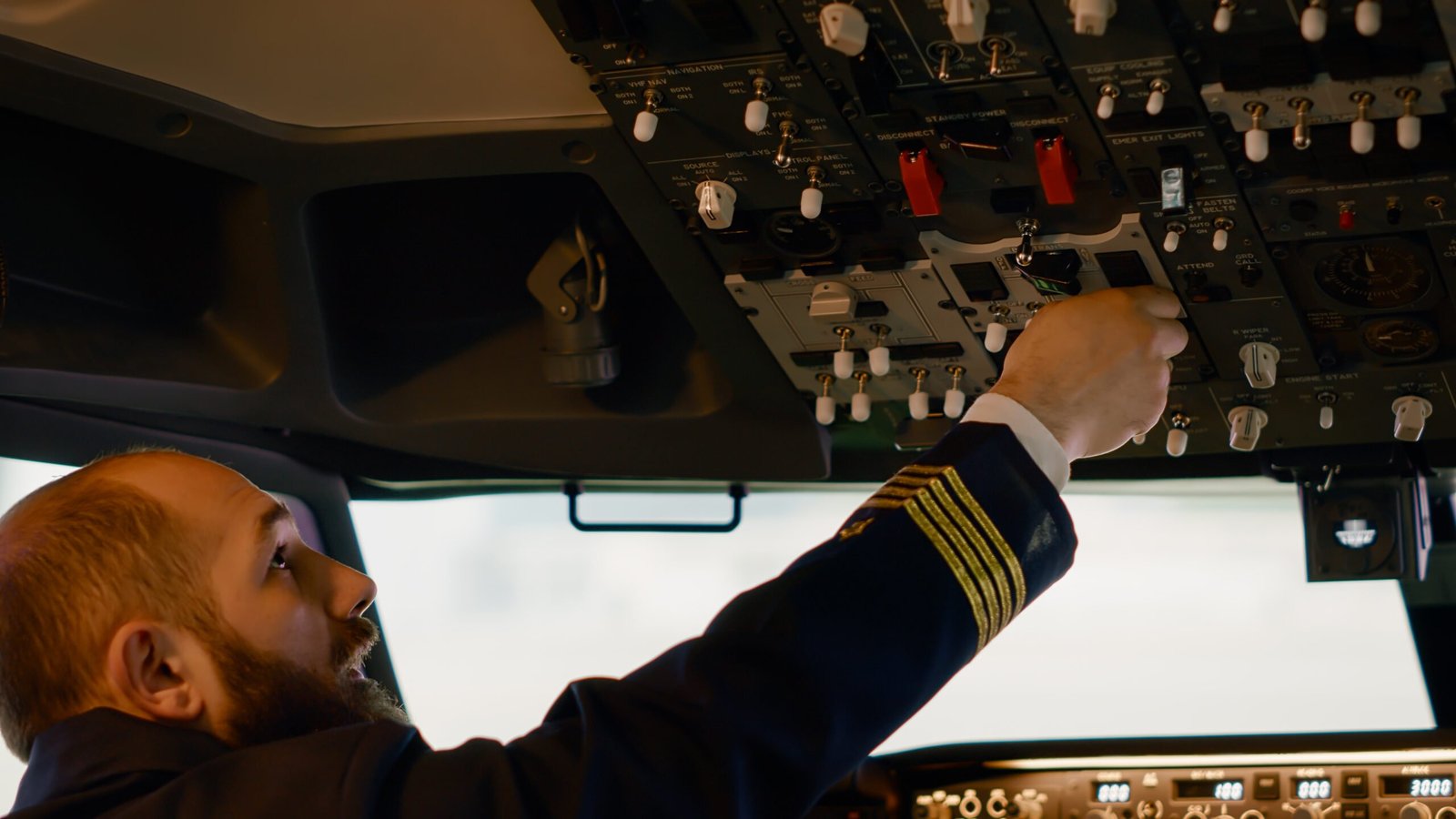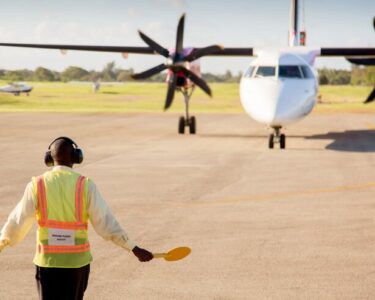Piloting an aircraft demands a deep understanding of the machine and its environment. Among commercial aircraft, the Airbus A300 stands out for its pioneering role in twin-engine widebody aviation. In this exploration, we delve into the challenges and triumphs of piloting the A300. From preparing for flight to mastering its unique characteristics, we uncover the experiences of those who command this iconic aircraft. We’ll also discuss training, safety considerations, and the future of the A300 in aviation. Join us as we enter the cockpit of the Airbus A300 and explore the world of its pilots.
The Airbus A300: An Overview
The Airbus A300 stands as a cornerstone in the history of commercial aviation, heralding a new era of efficiency, comfort, and innovation. Born out of a collaborative effort between European aerospace companies, the A300 marked Airbus’s entry into the market of widebody aircraft, challenging the dominance of established manufacturers like Boeing and McDonnell Douglas.

Preparing for Flight
Before taking to the skies in the Airbus A300, pilots undergo a series of meticulous preparations to ensure a safe and efficient journey. This phase encompasses a range of tasks, from pre-flight checks and procedures to familiarizing themselves with the cockpit layout and instrumentation.
A. Pre-flight Checks and Procedures:
- Aircraft Inspection: Pilots meticulously inspect the exterior of the aircraft, checking for any signs of damage or irregularities. This includes examining the fuselage, wings, engines, and landing gear.
- Documentation Review: Ensuring that all required documentation, including flight plans, weather reports, and maintenance records, is in order and up to date.
- Fuel Management: Verifying the aircraft’s fuel levels and ensuring that it meets the requirements for the planned flight, considering factors such as distance, altitude, and expected weather conditions.
- Weight and Balance Calculation: Calculate the aircraft’s weight and balance to ensure it falls within safe operating limits. This involves accounting for the weight of passengers, cargo, and fuel distribution.
- Emergency Equipment Inspection: Checking the availability and functionality of emergency equipment such as fire extinguishers, life vests, and oxygen masks.
B. Cockpit Layout and Instrumentation:
- Cockpit Familiarization: Pilots acquaint themselves with the layout of the Airbus A300 cockpit, which is designed for optimal efficiency and ergonomic functionality. This includes identifying the location of primary flight controls, navigation instruments, and communication systems.
- Flight Management System (FMS): Familiarizing themselves with the FMS, a sophisticated computerized system that assists in flight planning, navigation, and performance monitoring. Pilots input route waypoints, altitudes, and other parameters into the FMS to optimize flight operations.
- Electronic Flight Instrument System (EFIS): Understanding the EFIS displays, which provide essential flight information such as airspeed, altitude, heading, and navigation data. Pilots rely on these displays for situational awareness and flight control.
- Autopilot System: Verifying the functionality of the autopilot system, which aids in maintaining flight stability and precision. Pilots configure autopilot settings based on the planned flight profile and operational requirements.
C. Crew Coordination and Communication:
- Briefing: Conduct a thorough pre-flight briefing with the entire flight crew, including co-pilots, flight engineers, and cabin crew, to review the flight plan, anticipated weather conditions, and any pertinent operational considerations.
- Communications Check: Verifying clear communication channels with air traffic control (ATC) and ground personnel. Pilots confirm radio frequencies and establish contact protocols to ensure seamless communication throughout the flight.
- Crew Resource Management (CRM): Emphasizing the importance of effective CRM techniques, which promote teamwork, communication, and decision-making among crew members. Pilots encourage open dialogue and collaboration to enhance flight safety and efficiency.
Challenges Faced by Pilots
Piloting the Airbus A300, despite its reputation as a pioneering aircraft in the world of aviation, presents a range of unique challenges that demand skill, experience, and adaptability from its flight crews. From mastering its flight characteristics to navigating complex weather conditions, A300 pilots must navigate a diverse array of obstacles daily.
A. Handling the A300’s Unique Characteristics
Flight Characteristics: One of the primary challenges faced by pilots of the Airbus A300 lies in mastering its flight characteristics. As a widebody twin-engine aircraft, the A300 possesses a unique aerodynamic profile and handling characteristics that differ from other aircraft in its class. Pilots must become intimately familiar with its flight envelope, including aspects such as stall speeds, control responsiveness, and high-speed handling.
Performance Considerations: The A300’s performance capabilities also present challenges for pilots, particularly during takeoff and landing phases. Its large size and weight require careful management of engine thrust, flap settings, and landing gear configuration to ensure safe and efficient operations. Additionally, pilots must be aware of performance limitations, such as runway length requirements and climb gradients, especially when operating from airports with challenging terrain or environmental conditions.
B. Weather and Operational Challenges
Crosswind Limitations: Like all aircraft, the Airbus A300 has limitations on its ability to safely operate in crosswind conditions. Pilots must be prepared to contend with strong crosswinds during takeoff, landing, and taxiing, employing proper crosswind techniques and procedures to maintain control and stability.
High Altitude and Hot Weather Operations: Operating the A300 in high altitude or hot weather environments presents unique challenges due to reduced engine performance and aerodynamic effects. Pilots must carefully manage engine thrust and aircraft configurations to compensate for decreased air density and potential performance limitations, particularly during departure and arrival phases.
Approach and Landing Considerations: Approaching and landing the A300 requires precision and finesse, especially in adverse weather conditions or congested airspace. Pilots must closely monitor airspeed, descent rate, and glide path to ensure a smooth and controlled touchdown, while also remaining vigilant for traffic, obstacles, and runway conditions.
Technologies in A300
The new technologies incorporated into the A300 were many and truly set the stage for a new generation of modern airliners. Some of these include:
- First use fibreglass-reinforced plastics for wing leading and trailing edges.
- Redesigned wing to allow steeper climb out.
- First use wind shear warning systems.
- Advanced autopilot.
- Electrically controlled braking.
- Cockpit redesigns to remove the need for the flight engineer.
- Centre of gravity control by pumping fuel to different locations around the aircraft.
- Electrical control of secondary flight systems.
Conclusion
Piloting the Airbus A300 demands exceptional skill and adaptability. From mastering its unique flight characteristics to navigating challenging weather conditions, A300 pilots demonstrate unwavering dedication to safety and professionalism.
Their expertise and teamwork ensure the safe operation of this iconic aircraft. As aviation evolves, the legacy of the A300 and its pilots continues to inspire future generations.





